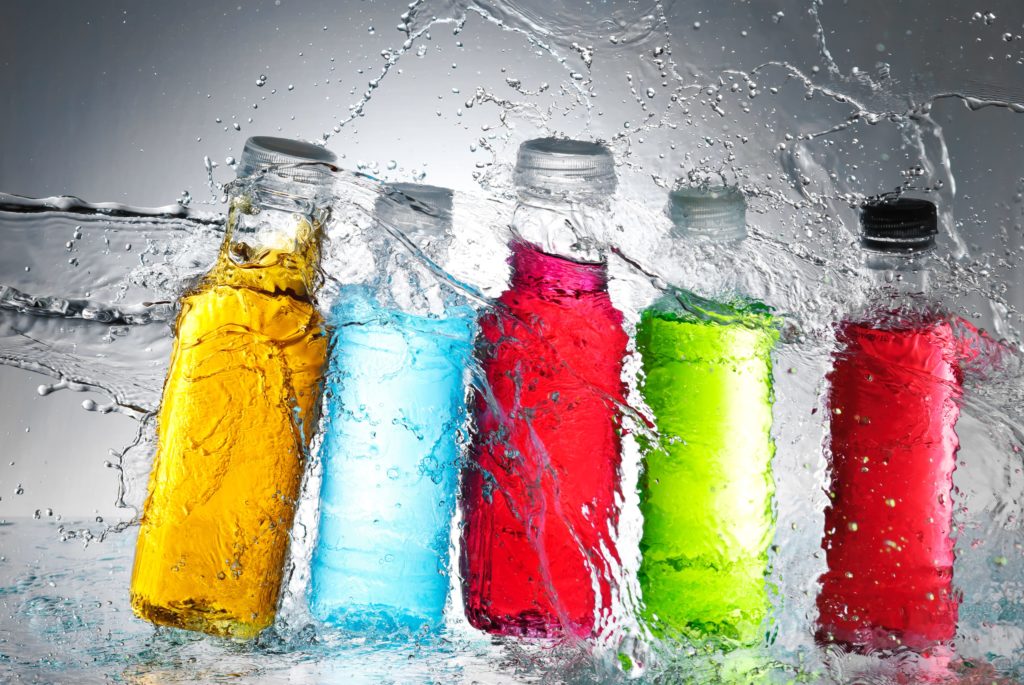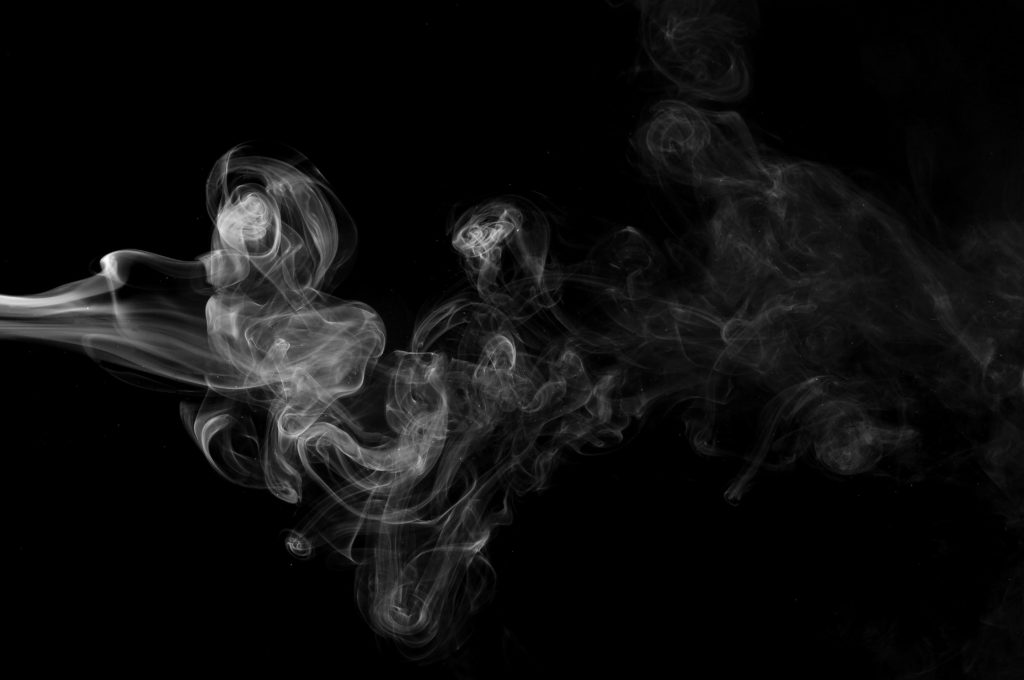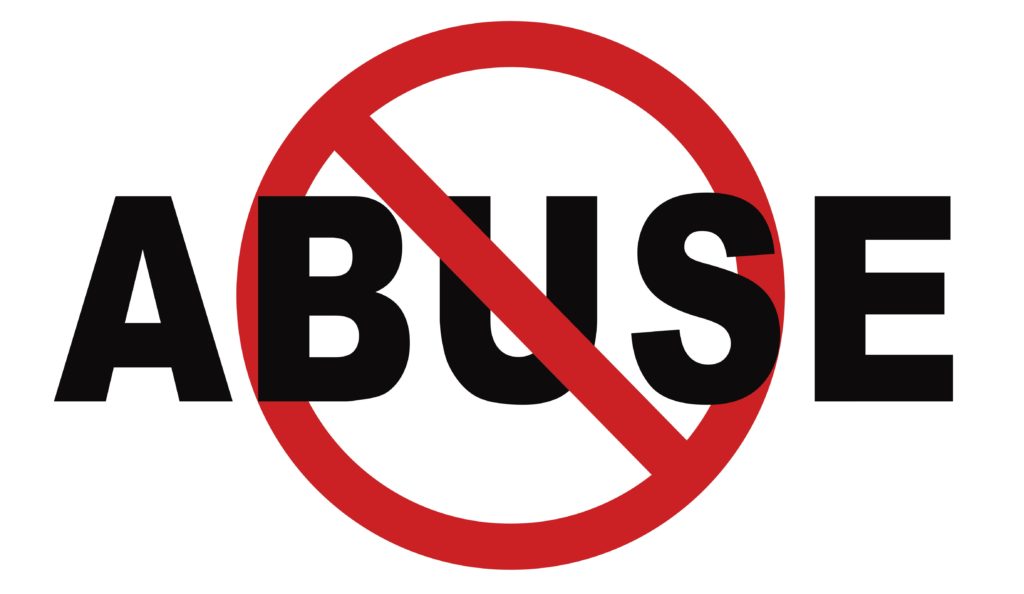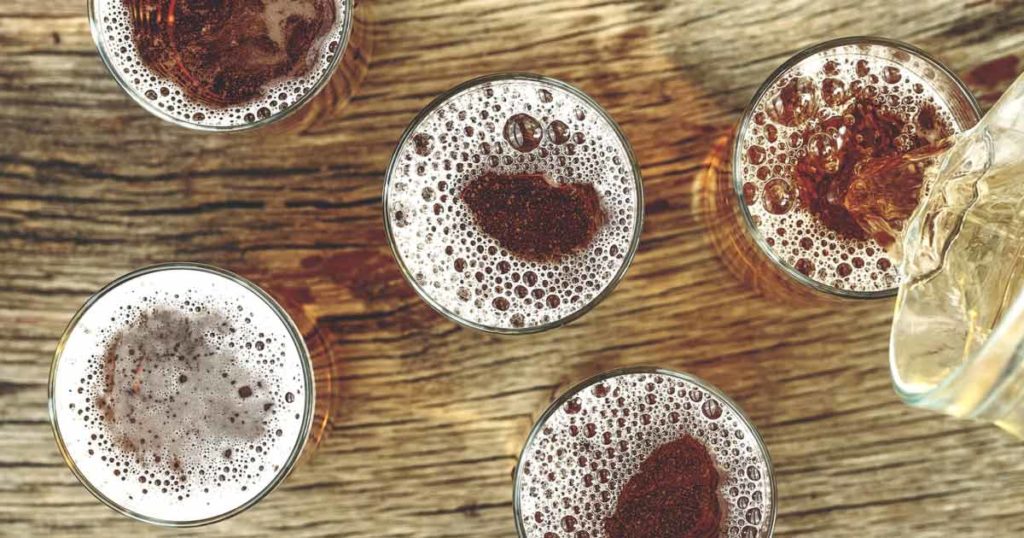Binge drinking has become a serious issue that schools have had difficulty dealing with. As a result, they have come up with 5 ways that schools have successfully reduced binge drinking. A 2015 report by the National Survey on Drug Use and Health, established that nearly 40% of college students age 18-22 reported they’d engaged in binge drinking in the past month, compared with less than 33% of students the same age who had not.
According to the National Institute on Alcohol Abuse and Alcoholism (NIAAA), students who consume five or more drinks, if male, and four or more drinks, if female, within a 2-hour time-frame, have engaged in binge drinking. Schools with strong Greek systems and athletic programs tend to have students who drink more than those at schools where fraternities, sororities, and sports programs are not as prevalent.
Student binge drinking is problematic because significant harm is likely to result during episodes. Statistics have shown that each year, more than 1,800 students die from unintentional alcohol-related injuries, more than 696,000 students are assaulted by another student who has been drinking and about 97,000 students are reported to have been involved in an alcohol-related sexual assault or date rape.
As a result, schools have disseminated how to stop binge drinking tips to students in an attempt to reduce excessive drinking on campus and at school-related events.
5 Ways Schools Successfully Reduced Binge Drinking
Schools have had varied results in reducing the incidents of binge drinking among students. But studies have shown that the best strategies to reduce student binge drinking are drawn from a mix of various modes of intervention. The school programs aimed at reducing harmful drinking that see greater success tend to use several forms of individual, environmental and organizational strategies.
Behavioral change strategies focus on individual behavior modification. But environmental change targets the entire school campus, the law, and community and familial influences. The following five methods have helped many schools successfully reduce binge drinking. They may also provide quick how-to-stop-binge-drinking tips and tricks for families and the community.
Behavioral Change Interventions
#1 Cognitive Behavioral Health Skills-Based Interventions.
Teaching students skills to prevent excessive drinking thorough self-monitoring and assessments, goal setting, general life skills, and personalized feedback. Studies have shown that peer-led, rather than teacher-led, interventions have had better success. Professional assistance from health care professionals for behavioral change is also highly effective in reducing student binge drinking.
#2 Educational Interventions.
Interventions that help change the way students think about and perceive alcohol have been successful. One such strategy is normative re-education, which compares a particular student’s alcohol usage with actual use by their peers to change perceptions of social norms. The belief is that when students see that their binge behavior is outside certain social norms of their peers, they will modify their behavior.
Environmental Change Interventions
#3 Policy Change.
At the school level, policy change, including prohibition of alcohol sales and use at sporting events, can help limit students’ access to alcohol. This type of change, over time, can lead to a shift in social norms around what behavior peers find acceptable at school-related events. In addition, laws that make alcohol harder to obtain, the consistent enforcement of alcohol-related statutes, along with zero tolerance for driving-related alcohol violations, effectively reduce binge-drinking incidents. These environmental approaches also work well with behavior change techniques to increase the effectiveness of both types of intervention.
#4 Density Reduction.
Studies have shown that reducing the density of alcohol is also a very effective method to reduce students’ excessive drinking. This includes reducing the number of alcohol outlets, restricting happy hour prices, raising taxes and costs to obtain alcohol or otherwise decreasing its availability.
#5 Community and Family Interventions.
Raising awareness through media messaging and providing safe rides for students who have been drinking can help reduce harmful outcomes related to student binge drinking. Another effective intervention is the development and enforcement of “social host property laws.”
These provisions hold adults who allow underage drinking to occur on their property accountable. These methods are highly effective when combined with other behavioral and environmental strategies.
Get Treatment Today
To learn more about 5 ways schools have successfully reduced binge drinking, call Right Step today. We offer a variety of addiction treatments, including:
For more information, call 17135283709 today.






